"Affectionately dubbed "Little Tibet" because of its geographical and cultural proximity to Tibet (it also is host to many Tibetan refugees), Buddhist-flavored, politically semi-autonomous Ladakh is India's most remote and least populated region. A land of soaring snow-topped peaks and plunging green valleys, this austerely beautiful region is like nowhere else in India. The stark mountain landscape, with its rocky ridges, dry plains, and glassy lakes, is peppered with colorful gompas (Buddhist monasteries), palaces, villages, and seasonal orchards."
The capital of Ladakh, traveler-friendly Leh is picturesquely enveloped by the snow-capped summits of the mighty Himalaya range. The town is dominated by its imposing 17th-century royal palace, which overlooks the town's labyrinth of winding lanes and colorful bazaars. It also is a popular jumping-off point for explorations of Ladakh's smaller towns, Buddhist monasteries, and trekking trails.
How to Get There
Leh boasts one of the world's highest airports; the flight over the mountains is truly spectacular. Note that flights are prone to delays and cancellations when the weather turns inclement; it is wise to not pre-book onward tickets, in case your flight from Leh is suspended.
Leh is also reachable by bus or private taxi from late May to October, subject to weather conditions; check with local authorities for the latest conditions before setting off.
How to Get Around
Walking is the best way to see this small city (population around 10,000), although taxis are also available. Several outfitters rent bicycles; for information, ask your hotel.
Attractions
Leh's nine-story palace is in a state of disrepair, despite ongoing bouts of reconstruction. Reflecting traditional Tibetan architectural styles, this 17th-century edifice was inhabited by Ladakh's royal family (which still owns it) until they transferred their residence to another palace, in the village of Stok, in the 1940s. The palace is visitable, but bring a flashlight and watch your step.
Leh also has some fine old gompas, including the Namgyal Tsemo and the Soma.
The lively annual Ladakh Festival (September 1-15) gives visitors a wonderful window into Ladakhi culture. Locals wear their traditional costumes and music fills the air. You can watch displays of archery, polo, Ladakhi dance, Buddhist ceremonies, and more. Ladakh has a multitude of other festivals; check guidebooks for details, or visit this website.
Attractions Around Leh
The 16th-century Tikse monastery, some 12.5 miles (20 kilometers) southeast of Leh, is a striking work of architecture that spills down a hillside. Its top section houses a huge golden head of Buddha; colorful murals decorate the surrounding walls. The views from the monastery's rooftop terrace encompass miles of surrounding landscapes. Visitors can observe the monks at prayer at 7 a.m. daily, followed by the traditional blowing of enormous Tibetan horns.
The four-story Stok Palace, constructed in 1825, is the current residence of the Ladakhi royal family. Five of the palace's 80 or so rooms can be visited by the public, including the palace museum, which exhibits an intriguing collection of royal memorabilia, featuring some lovely old tankas (Tibetan cloth paintings).
Around nine miles (15 kilometers) southeast of Leh is the ancient capital of Ladakh, Shey. The crumbling royal palace lies in the shadow of an old fortress. Inside the palace is a large, gold-plated statue of Buddha. A number of chortens (stupas) sit in the area around Shey.
The Spitok gompa, five miles (eight kilometers) from Leh, is a peaceful 15th-century monastery perched atop a hill near the Indus River (Spitok translates to "exemplary"). The monastery's imposing statues of Buddha are only open to the public during the Gu-Stor Festival, in January (for exact dates, contact the tourist office).
Doorway to the Numbra Valley, Khardung La (Pass) is, at more than 17,000 feet, among the highest motorable roads in the world. This high pass is the site of a military base (where permits are checked for those crossing into Numbra Valley) and a couple of simple tea shops. The pass is only open to one-way traffic: from Leh to Numbra in the morning, vice versa in the afternoon.
Places to Eat
Visitors have many choices for dining out in Leh, with restaurants offering a mishmash of cuisines, including some of the best Tibetan food in the country.
The very popular Tibetan Kitchen rewards hungry travelers with filling Tibetan fare, from delectable momos (stuffed dumplings) to soul-warming thukpa (noodle-based soup). Hotel Tso-Kar, Fort Road; tel. +91 (0)1980 253071.
An old favorite is the unpretentious Norlakh Restaurant, which serves tasty, inexpensive Tibetan dishes. These include momos and a range of fine noodle dishes. The restaurant has good views of the Soma gompa. Main Bazaar Road.
For tremendous Indian vegetarian food, try the Lamayuru Restaurant—the curry sauces are positively divine. To sample a selection of dishes, order the excellent thali (all-you-can-eat meal), which is a great value at under $1. Fort Road.
From Frommer's:
My choice, Hotel Dragon , which is outrageously expensive for this area. My daughters stayed in very nice rooms (Ive seen photos) for only $4 a day around India, so maybe there's room to barter.
Phone 01982/252139, 01982/252720
Fax 01982/252720
Web site www.travelladakh.com
Room Information 33 units
Prices Rs 2,700 ($62) standard double, Rs 3,000 ($68) deluxe double; Rs 4,000 ($91) suite. Rates include all meals
Credit Cards Not accepted
In its price range, the Dragon offers the best stay in Leh. Owned by Ghulam Mustafa and his brother Mohiuddin since 1974, this popular establishment has shown consistent improvement over the years. Each floor of the squat, traditionally styled building has its own terrace, and you can catch fantastic 360-degree views of Leh from the rooftop. The limited number of suites are well worth the extra $6 -- they're considerably better than the doubles with their kitschy shiny bedcovers. Also, the suites have tubs (although you should think twice before filling a bathtub in this water-strapped region). Upstairs, room nos. 131 through 133 are more spacious than the other, typically small -- but neat and cozy -- doubles. At night, when a campfire is lit, the small garden courtyard becomes an ideal spot at which to wind down the day. Delicious Ladakhi and Tibetan meals are served in the dining room, which is decorated with gorgeous paintings by Ghulam Mustafa, one of the owners.
General Tips
It is advisable to take it easy for your first 24 to 48 hours in Leh in order to acclimate to the high altitude. You should also drink plenty of water and abstain from drinking alcohol.
For More Information
Leh Tourist Office Main Bazaar Road; +91 (0)1982 253462.
Tourist Reception Center Around two miles (three kilometers) south of the town center on Airport Road; tel. +91 (0)1982 252094 or +91 (0)1982 252297.
Jammu & Kashmir Tourism Department
Subscribe to:
Post Comments (Atom)


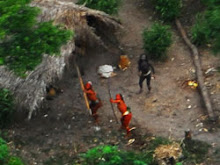
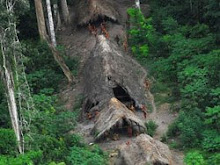
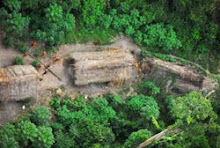

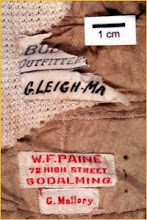




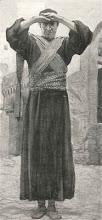
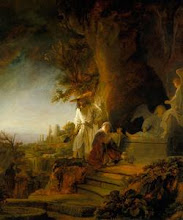


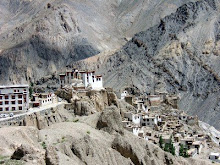

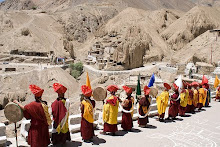
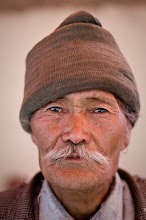
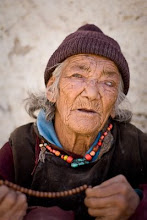
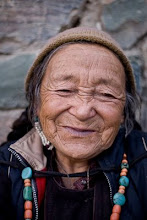
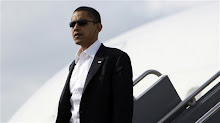
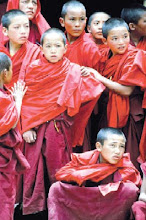
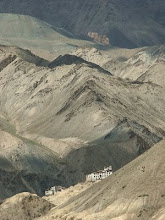

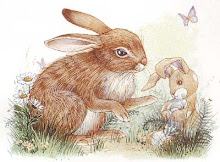
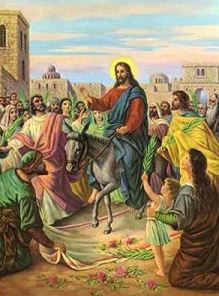
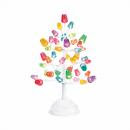
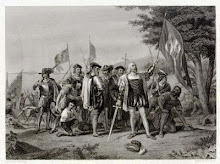


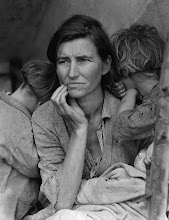

















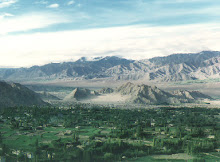
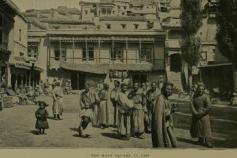
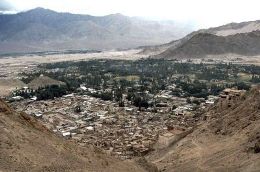
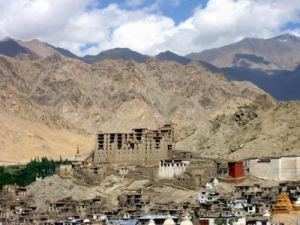
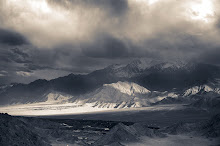
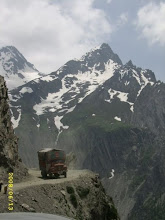

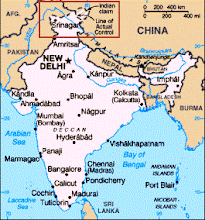
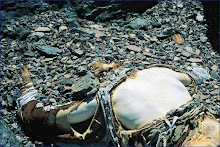
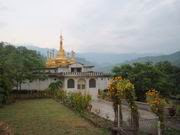


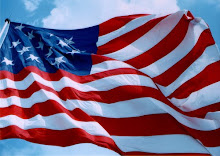

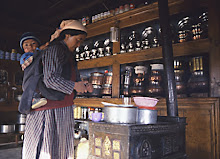
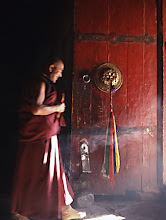
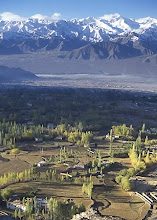
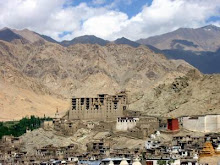




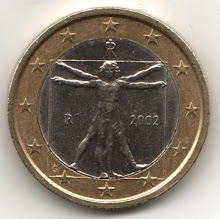

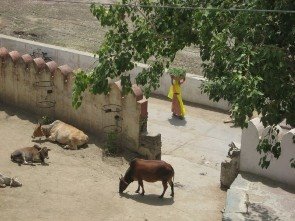




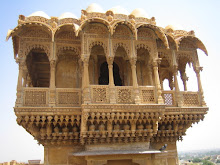



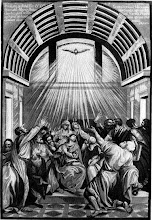

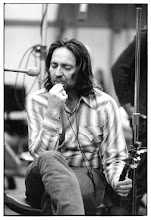

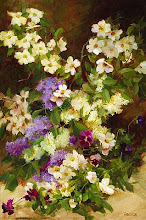

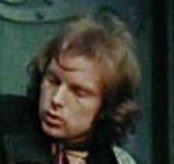

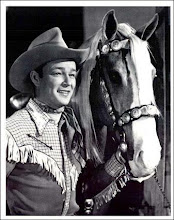

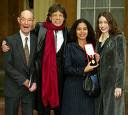


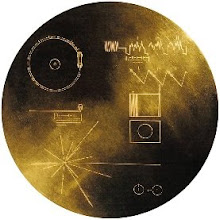


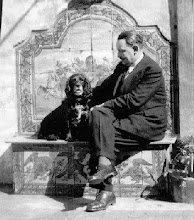

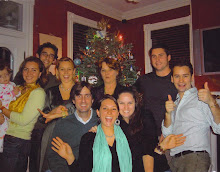
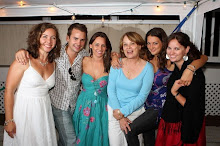

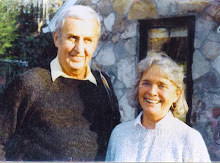


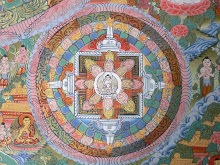

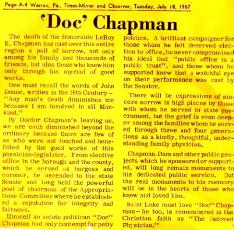
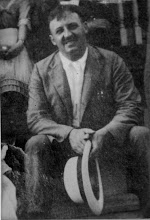


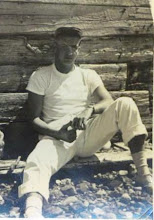
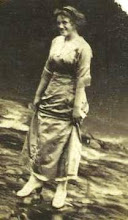
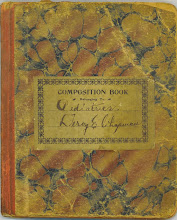





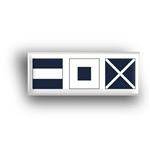





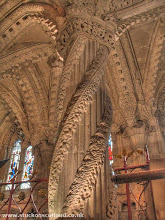
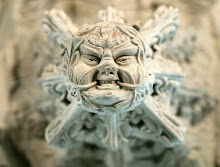


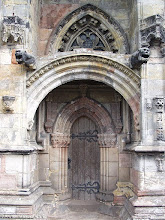

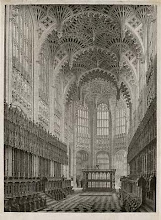

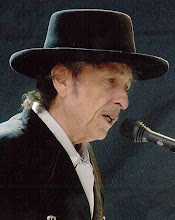

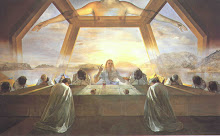



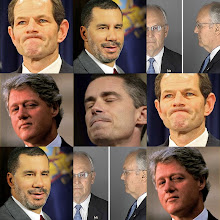
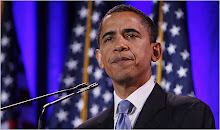
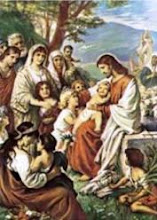
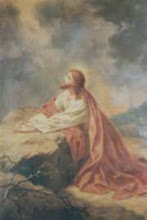








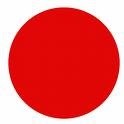



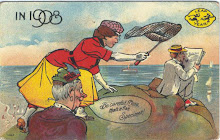






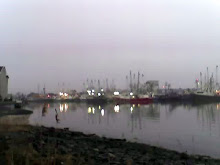
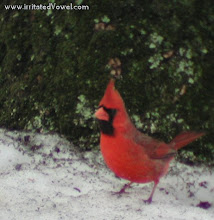

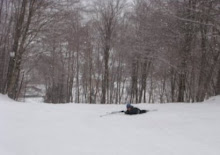


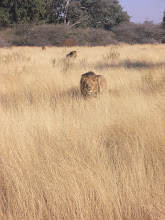
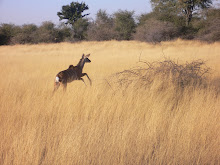



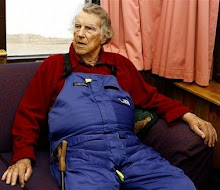

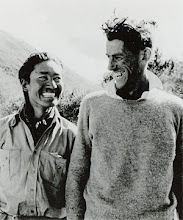

No comments:
Post a Comment